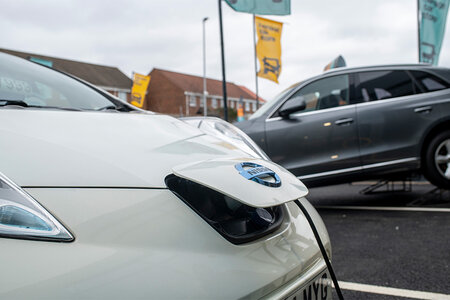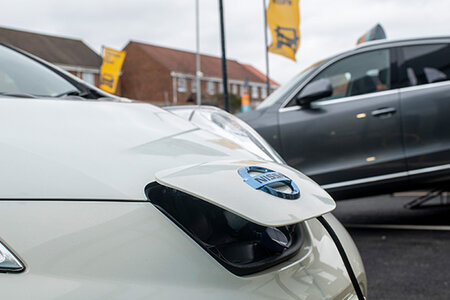- Pre-pandemic, the vast majority of dealers said that their customers wanted to ‘try before they buy’, with 74% saying buyers would test drive the car before buying
- Since restrictions have lifted, more dealers report that customers are happy to shop online and buy without seeing the car
- Both pre- and post-pandemic, a third of dealers have said their customers prefer a hybrid approach with an element of online shopping
Lisa Watson, Director of Sales, Close Brothers Motor Finance, said: “The pandemic may have accelerated online retail, but for big-ticket purchases, consumers still prefer to try before they buy. But while buyers might be hesitant to click their way to a new car from home, online research has become an essential aspect of car-buying, and more and more dealers are engaging with consumers through digital platforms before they come and visit a dealership.
“The value of dealer advice and insight is unparalleled, but it’s crucial the industry adapts to the times. As well as having an accessible and up-to-date digital forecourt, dealers have been making the most of software and tools to engage with their customers through every stage of the car-buying process. Meeting the needs of consumers could mean offering flexible opening hours, upping social media presence, or offering ways for buyers to choose finance options at their own pace. With the onset of the hybrid retail environment, digital engagement will have a permanent place in the future of car-buying. Leaning on industry support, expertise, and best practice will help dealers make the most of digital opportunities.”
To tips for dealers wanting to improve their digital footprint
1. Be available
In what is now a digital world, the phenomenon of being ‘always-on’ is more abundant than ever. Many customers won’t want, or aren’t able, to think about buying a car during the normal 9-5, and they will be doing the bulk of their research online for months before stepping foot onto a forecourt. For those who are looking for advice, quotes, or to follow through with a purchase on evenings or weekends, use your website to highlight how they can contact you. Having a web chat function is an important way of catching customers at a crucial point of their research and offering any insight they need. And make sure that you have all the traditional methods of communication, like a contact form, or an email address which has a clear ‘out of office’ and details when they can expect a response.
2. Let them judge a book by its cover
In the fast-paced digital world, it’s vital that you catch people’s eye. Make your website attractive and easy to use. Ensure your stock has excellent photos and accompanying videos where possible, and if your technology’s software allows, then trying to make it as interactive as possible, for example allowing customers to zoom in and out and really explore your forecourt and stock. Lots of dealers are now creating bespoke videos for customers too. It’s become just as important to invest in your digital forecourt as you would your physical forecourt.
3. Social media is key
More and more people are turning to social media to engage with businesses – of all sizes. Use social media properly – think about which channels are likely to work in your area. Being on Facebook is key, but you need to join the right groups, post frequently, and talk about more than just your stock – highlight the services and tools you can offer. If you also set up Instagram, it’s all about the imagery – beautiful photos and attention-grabbing captions are key. It’s also worth considering the different profiles of your buyers. Younger buyers may look on Instagram but if you’re selling executive cars, then you may be better off pushing them through LinkedIn to reach a professional network.
4. Embrace reviews
Reviews are important – the good and even the bad. It’s the first step to giving your customers the chance to share feedback, and to build their trust in your brand. Feedback can be shared directly with you via a webform or an email address if you have one, and publicly via social media or review websites and forums. While the thought of reviews, particularly the public ones, might fill you with concern, they can be incredibly powerful – especially when they are positive. But on the off chance that you get a negative review, reply in a measured, courteous way and do your utmost to rectify the issue as soon as possible.
5. Open up your toolbox
Reaching people is important, but your website also needs to offer tools which guide your customers through every stage of the car buying journey. Many of our dealers, for example, use the Showroom proposal platform, which works in tandem with a dealer’s website. It helps their customers to choose the perfect vehicle and the finance option most suited to them. Through the platform, dealers can use the ‘Remote Quote & Apply’ tool to email vehicle quotes directly, which are then stored and visible in the customer area. Customers can make any adjustments to the terms, including the duration, deposit, and mileage via a calculator tool. Customers can also complete an online finance application form from home and submit it to the dealer. This empowers customers, allowing them to do things in their own time and at their own pace.












